How To Generate $19563.08 In Revenue from a $6308.87 Ad Spend With Facebook Ads
I am an affiliate with links to an online retailer in this blog post. When you read what I have written about a particular product and click on that link and buy something from the retailer, I can earn a commission. Please note that I only recommend products that I truly believe in and use in my business. Please read my full disclaimer here
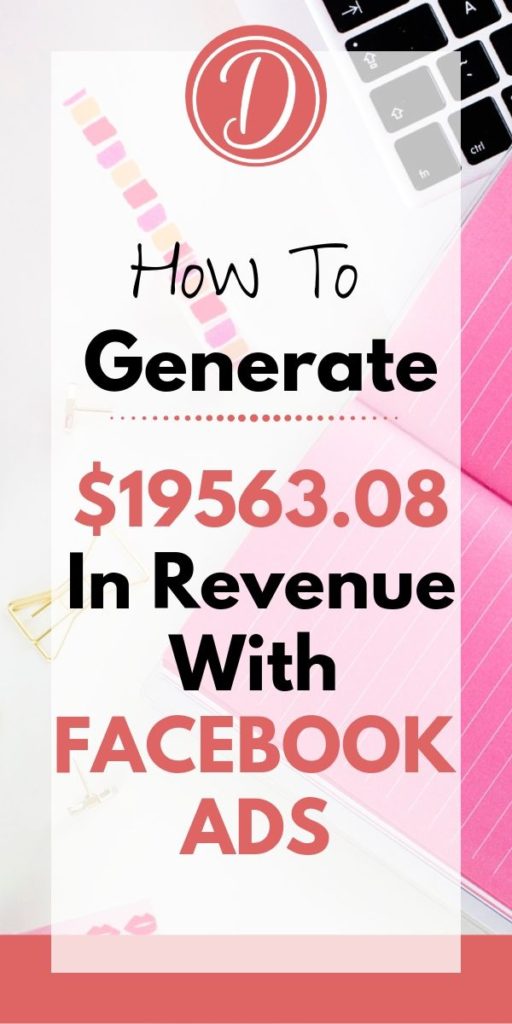 One of the things that I have learnt over the past few years, is the skill of converting a cold audience into buyers.
One of the things that I have learnt over the past few years, is the skill of converting a cold audience into buyers.
That is, turning someone who has never heard about your brand or your product, into a customer or client. This is what I do, day in, day out – helping entrepreneurs grow their business by selling more of their products and services using Facebook and Instagram Ads.
So I was happy to accept my new client, when she asked me to help her increase her revenue, using Facebook ads and sell one of her most popular products, a female beauty product.
The type of products that I have run in the past were lead generation campaigns and ads promoting digital courses, but I have a flair for eCommerce campaigns, since it is an easy campaign to set up, especially if the product shows evidence of being sold in the marketplace.
My client already sold her product on other advertising platforms such as YouTube and with influencer marketing. In 2017 she generated over $100k in revenue from these platforms, but things declined in 2018, so she decided to try another medium, to see if she could pick back up the momentum.
Knowing that she had over $100k in customer data, made it an easy decision for me to accept this Facebook marketing request, because this data would help me get great conversions for her.
Whilst I prefer to work with businesses who already have a product that is validated in the marketplace, I also work with start up businesses, but over a long term period to help them get where they need to be in business.
In this campaign, the total amount spent on ads was $6309 and this brought in revenue of $19563; a 310% return on investment.
In this blog post, I will walk you through how I achieved that result, the type of objectives I used in the ad campaign, the strategy I used in the ad campaign, what worked and didn’t work.
Here’s What You Will Learn:
- What I did before I started running the Facebook ad campaign
- The type of strategy I used for this Facebook ad campaign
- How to set up an eCommerce campaign using Facebook ads
- The results achieved during this eCommerce ad campaign
- What could I have done better in this eCommerce ad campaign
What I did before I started running the Facebook ad campaign
If you have your own eCommerce store, there are a few things that you can do, to set up your campaign for success.
This includes checking that all pixels are in place on your website, so Facebook can track it properly.
For an eCommerce store, you want to ensure that your page view, add to cart, initiate checkout and purchase pixels are properly in place. This will help Facebook optimise your campaigns so that you can get more of your desired conversions.
If you already have pixel data or some type of customer data, you can also calculate what your KPIs (key performance indicators) should be, to use as a benchmark for your ads.
So in my client’s case, I knew what her average monthly gross revenue was, so I kept this in mind when running my campaigns and worked to achieving this or exceeding it.
I also knew that her website was converting at 0.9% to 1.19%. Typically on an ecommerce site, a sales conversion rate of 2% or more, is where I like my client’s websites to be. If the website does not convert at 2% or more, then I would have to put systems in place to improve the sales conversion rate, such as optimising the website for a better performance.
I also like to make sure that I have sufficient data, that I can use, to help fuel Facebook’s system, so the ad can perform the way I wanted it to perform.
For example, the more data you can help Facebook with, the more likely they are to show your ads to the people that are likely to take a certain action in relation to your ads.
In my client’s case, she not only had a lot of pixel data, but also a lot of personal customer data, that could then be used to help Facebook create an ideal customer avatar, which they will use to go out into the marketplace, to show your ads to people who are likely to take your desired action.
This customer avatar, Facebook refers to as a custom audience. With a custom audience, you can create a lookalike audience, which you can use to expand your reach and scale your campaigns.
The type of strategy I used for this Facebook ad campaign
In my client’s campaign, she had one product that she wanted to focus on.
This was easy, since I did not have to start by testing a number of products, to see which one drove the most conversions.
When clients know exactly what their audience wants, that’s a good sign that you are working with a good client.
In my client’s case, she knew that she had the most sales from this particular product, and knew it was well received by her target audience.
If however, you are just starting out with Facebook ads and you’re not quite sure what your audience likes, here is how I find that out.
I set up 5-10 different product campaigns and drive traffic to each of those products to see which one will convert. The one that gets the most conversions is the winner.
The strategy I used, therefore, to introduce the product to the Facebook and Instagram marketplace, was to start by creating a custom audience of all of my client’s page engagements, both on Facebook and Instagram.
I also created a custom audience of all of my client’s website visitors in the past 60 days.
These custom audiences are people who have interacted with the brand. When you collect such data, you can go on to use it, to create lookalike audiences.
A lookalike audience, is an audience that Facebook creates that mirrors people who have already engaged with your brand, Facebook or Instagram account, product or website. A lookalike audience, is very useful for expanding your reach, so you can reach more people on the Facebook and Instagram platform.
After I created my custom audiences, I created a lookalike audience of both her engagers and web visitors and used these new audiences to create my ad campaigns.
As you can see from the images, Facebook found an audience of over 8 million additional people, that I could now show the ads to. This is how powerful Facebook ads is, because there are so many ways you can reach more people.
With the new audiences in place, my goal was to first show the first set of ads to this group of people and then immediately retarget them with another set of ads.
The first campaign that I set up, also include 5 ads with different variations. So I made sure to include different videos, headlines and text in the ads, to split test them amongst my audience and see which one would get the most views and engagement.
My second campaign was created to help identify people who engaged with my first campaign, and retarget them with the aim of serving a different ad, to prompt action, which was to click on the link, visit the website and make a purchase.
The third retarget ad, retargeted all the website visitors who added the product to cart and served them a different ad, inviting them to return to the website to complete their purchase.
Here is what that retarget ad looked like:
Also in the background, whilst I used ads to remind the audience of the product, the client also had an email marketing campaign running in the background, to collect email addresses on the website, from those who started the initiate checkout process and completed their email address, but did not make a purchase.
Those persons who completed the initiate checkout process, were retargeted by email with a series of email marketing campaigns, to co-erce them back to the website, to make the purchase.
This here, is the entire flow of the ecommerce funnel.
How to set up an eCommerce campaign using Facebook ads
Now that you know the strategy, let’s take a look at how I set up these Facebook ads.
The first objective I used, was the traffic and engagement objective.
Even though I used these objectives, the aim was not to get any purchase conversions here, but just to spark interest in the audience, to get them to click on the link and visit the product.
Also by using the traffic and engagement objective, Facebook will serve the ads to a segment of the audience, that is likely to click on a link and visit a website, as well as people who like to like, comment and share a post. This helps create virality and act as social proof.
One thing to note, as an advertiser, make sure to use Facebook’s campaign objectives properly.
Even though I set up four campaigns, two with a conversion objective and two each with a traffic and engagement objective and all four campaigns contained ads with a link to the website, the only campaigns that gave the best results such as add to carts and purchase conversions, was the conversion objective ads.
So this goes to show, that if Facebook tells you, that the conversion objectives will get you conversions, then they are telling the truth.
I remember for another client’s campaign, I tested a traffic and conversion objective campaign side by side, to help generate leads. In 24 hours from the start of the campaign, the traffic objective campaign got the most link clicks to the website but got no lead conversions but the conversion objective campaign got the most lead conversions.
With the traffic and engagement objective campaigns set up, I allowed those ads to run for a while in order to collect data.
Next, I created a conversion objective campaign and split tested between optimising for add to carts, initiate checkouts and purchases.
I told myself that whichever campaign gave me the most purchases, will be declared a winner.
Surprisingly, the campaign that optimised for add to carts gave the most purchases.
I was surprised, because most advertisers say that if you want Facebook to get you the most purchases, immediately optimise for purchases.
I tested all three objectives and the results speak for themselves.
This is a lesson to all advertisers, that all campaigns are not the same. This is why it is necessary for you to create your own campaign, run your own tests and let your data help you create the best campaign that works for you.
Two campaigns – created by two different advertisers – will never be the same.
One thing that I realised in this campaign, was that there were a lot of people who added the product to cart, initiated checkout but did not purchase.
So in addition to my existing campaigns, I first created a custom audience of everyone who added the product to cart.
I then retargeted that custom audience by setting up a retargeting ad campaign, where I targeted all the people who added the product to cart or initiated checkout, and served them a retargeted ad to tempt them to complete their purchase by offering a discount.
In hindsight, I should have excluded everyone who bought an item, since that would have made the audience a little more targeted and prevent the buyers who bought the item at full price, from seeing the discounted offer.
Pro tip: Always make sure that you set up retarget ads in your campaigns. Not everyone who sees your ad the first time, will make a purchase.
According to the sales statistics, it takes someone at least 7-12 touches, before they make a purchase. Make sure that your retarget ad is seen by your retarget audience multiple times to remind them to buy, but also to tempt them in some way to complete their order.
The results achieved during this eCommerce campaign
With the conversion campaign which went straight to the product page for the sale, here is what the results looked like.
You will see from the image, that $3647.05 in ad spend, generated $8962.81 in revenue. Which was an ROI of 245.7%.
However, take a look at what happened when I implemented a retarget ad campaign.
$1369.23 in ad spend, generated $10,600.27 in revenue which was a whopping ROI of 774.2%. That is why, it is so important to always implement retargeting in your Facebook ad campaigns.
What could I have done better in this ecCommerce ad campaign
As I look back now, I realise that I waited too long to change the ad images to prevent it from being exhausted.
If an ad has a frequency of 3x or more, it means that your audience is seeing that ad too many times, and they may become immune to it.
When they become immune to the ad, they skip over it and do not engage with it.
In this campaign, to increase conversions on the retargeting campaign, I realised I missed opportunities for refreshing the ad creatives.
Moving forward and in other eCommerce campaigns, I will take this into account and refresh ad creatives more frequently.
Wrapping Up
Overall this was a very successful campaign, achieving $19563.08 from an ad spend of $6308.87.
The one thing that had a very high return on investment, was setting up the retargeting ads.
As an eCommerce owner, if you are thinking of setting up ads yourself, always set up your retarget ads immediately, even if you have very little data.
You can see from this ad campaign, that the retarget ad campaign performed so much better, than a direct ad to sale.
This is because with a direct ad to sale you are serving ads to a cold audience. Retarget ads serve ads to an audience that has already interacted with your brand (your warm audience), making it so much easier to convert that audience and therefore driving down your overall ad costs.
Another thing that’s important to mention is that, my client’s campaign was successful because she sold a product that people wanted.
This is why it is important to validate your product, before you invest a lot of money into it. No matter how good your ads are, if the marketplace does not want to buy your product, it simply will not sell.
Need help with your Facebook ads? Click here for more information about how I can help your business.
What do you think about the results? Do you have any questions? Leave a comment below.
Cheers



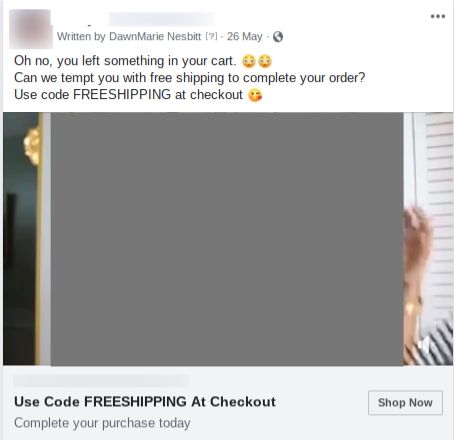
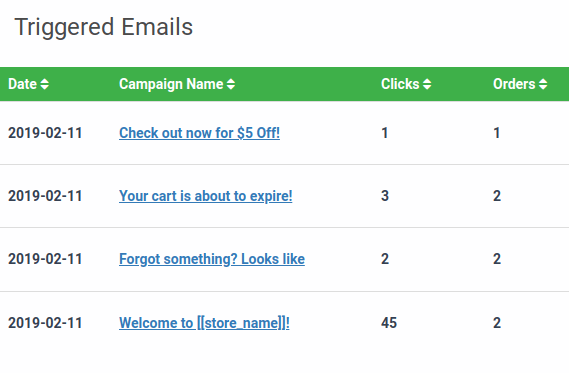
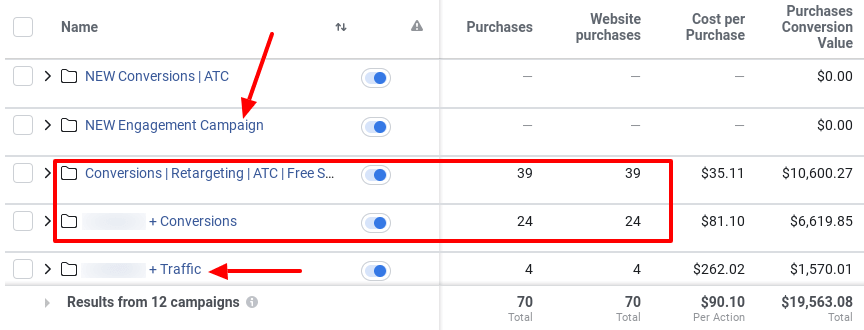
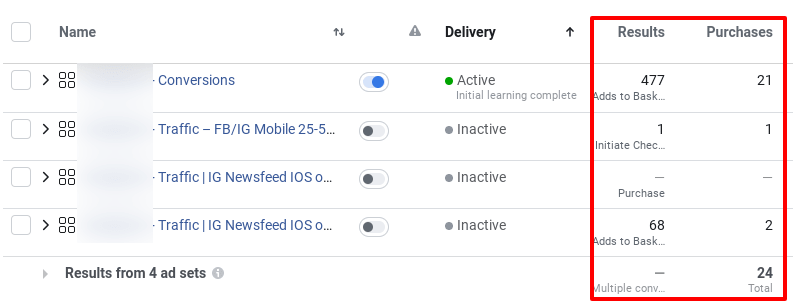

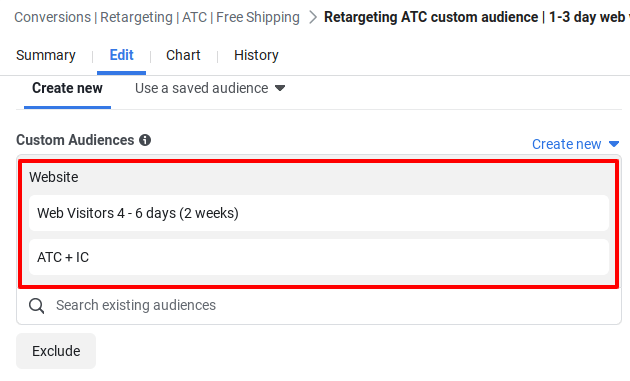



 Previous Post
Previous Post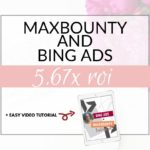 Next Post
Next Post
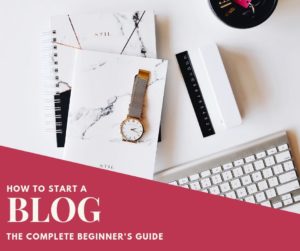
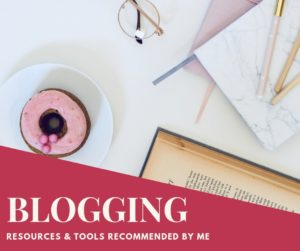



I want to start the Facebook ads ,,but I don’t know how
Hey Joseph,I got your email about starting FB ads and have responded. If you need help just let me know.